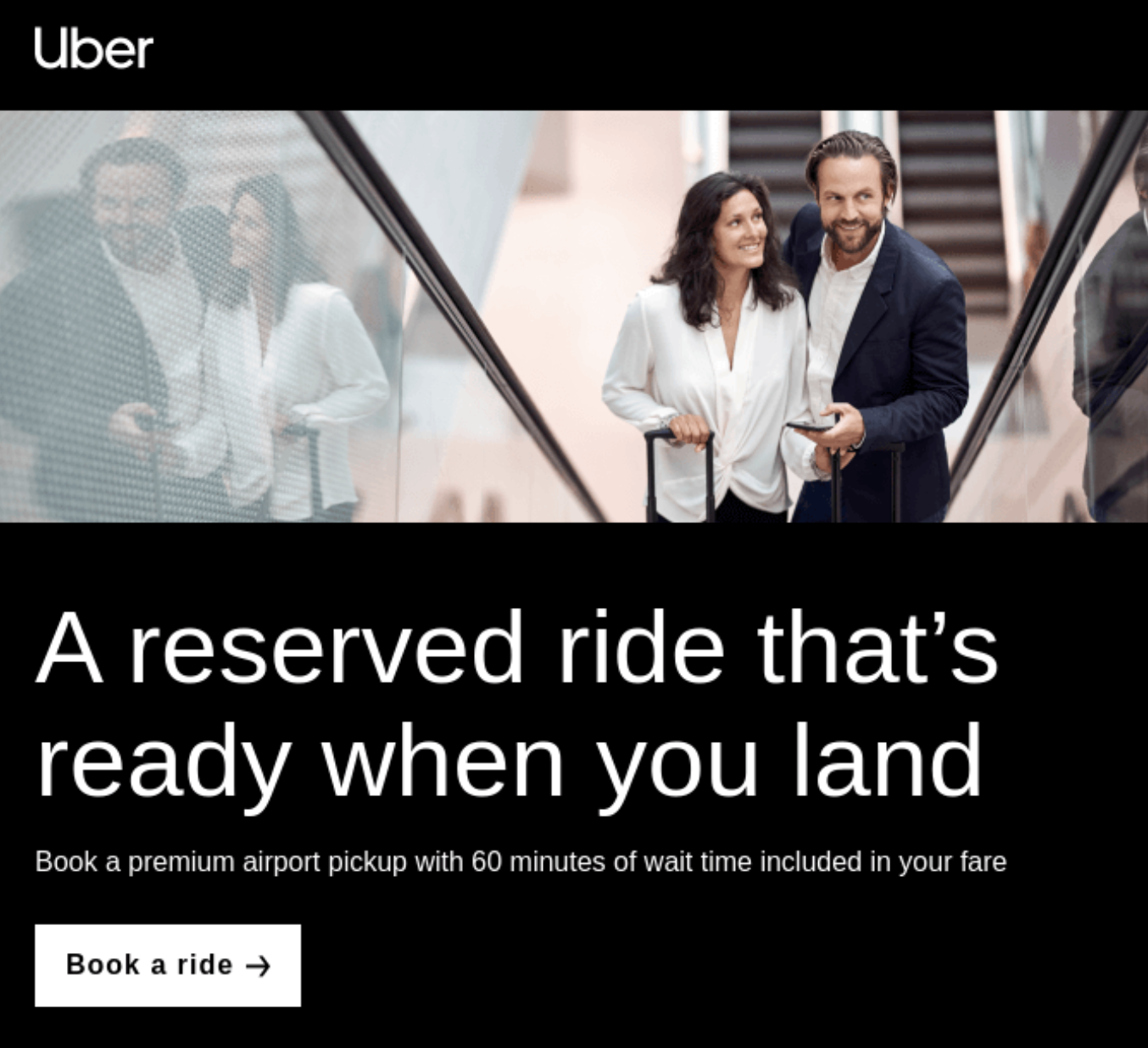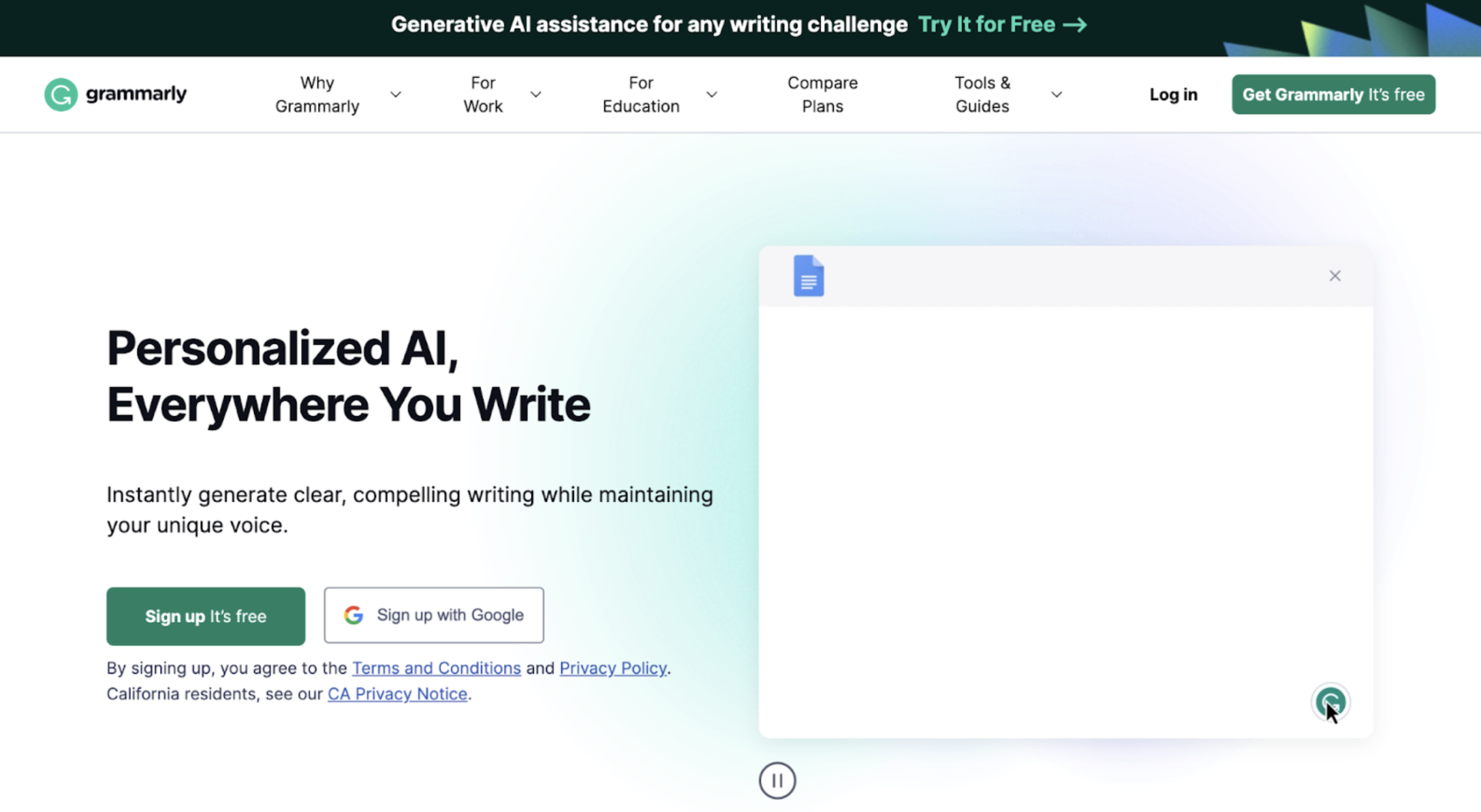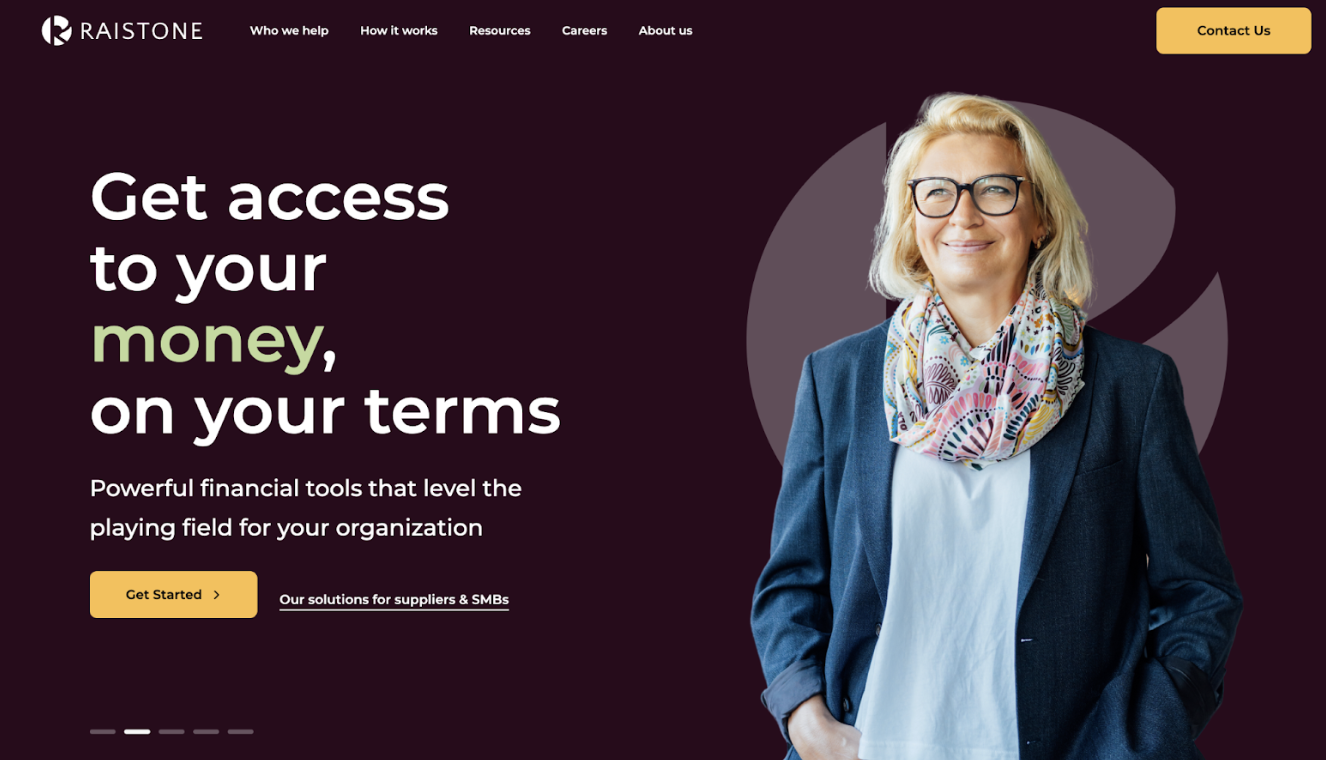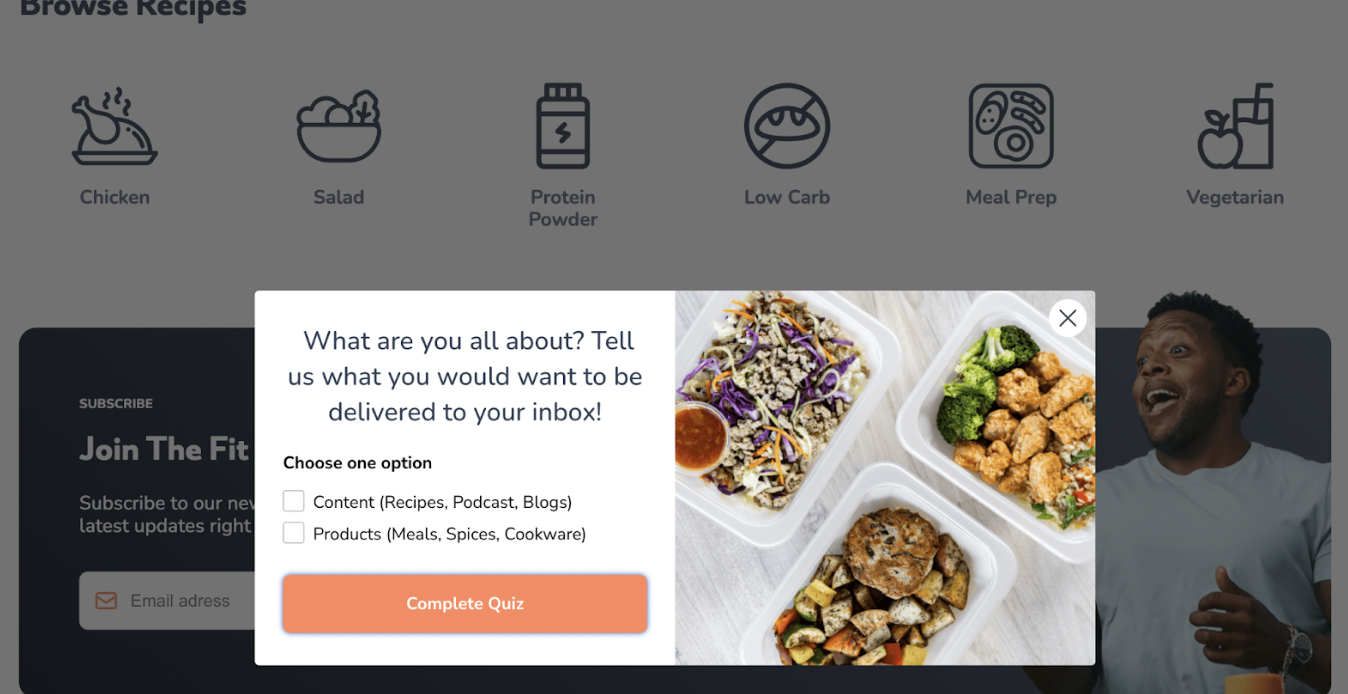How to Increase Website Leads? 11 Expert-Driven Tips
Lead generation is a top priority for growing businesses. While your business may employ multiple strategies including events, email, and paid ads, websites are one of the biggest channels to drive leads.
This article will provide insights, tips, and tools to help you not only attract website visitors but turn them into valuable, engaged leads. It will also explain how an all-in-one communications solution with web chat software like Podium can help you drive new leads through your site.
What Is a Lead Generation Website?
A lead generation website not only informs visitors about your brand and products or services—it also persuades them to take a specific action on the website, like filling out a contact form or subscribing to a newsletter, to convert them into prospects.
A lead generation website will have multiple conversion paths for different buyer personas. For example, it may have blog posts that invite readers to download gated resources, like an ebook. It may have product pages with calls to action to schedule a demo. It may also have a landing page with an interactive tool, like a quota calculator, that requires visitors to provide their contact information to use or see results.
What Makes a Lead Generation Website?
Every lead generation website is unique but should have common features that help convert visitors into leads. Find details on five of these features below.
1. Call to Action (CTA)
A CTA prompts visitors to take a specific action and is usually in the form of a button, text, or link. A lead generation website will have prominent and strategically placed CTAs throughout its pages that encourage visitors to take specific actions. Examples are “Download now,” “Add to cart,” “Get started free,” and “Invite a friend.”
2. Lead Capture Forms
Lead capture forms are forms used to collect contact information from prospects in exchange for an offering, like a gated asset. On a lead generation website, these forms should be concise, asking only for essential details like name, email address, and any other relevant information that will help nurture them towards conversion.
3. Compelling Content
A lead generation website will provide high-quality, relevant content that engages visitors and makes them want to learn more about the topic, product, or company in general. This content may include blog posts, articles, videos, infographics, and more.
4. Lead Magnets
Lead magnets are free assets, trials, or other deals offered to prospects in exchange for their contact information. Examples of lead magnets include ebooks, templates, checklists, infographics, reports, and online courses.
A lead generation website will offer content upgrades or other valuable incentives, like free trials, in exchange for a visitor’s contact information.
5. Social Proof
On a lead generation website, social proof is displayed to build credibility and trust, which is key to converting visitors into leads. While reviews are probably the most common social proof, other examples include testimonials, case studies, awards or press mentions, and trust badges.
Review software and tools like Google Review Link Generator can help you quickly and easily generate reviews to feature on your lead generation website.
11 Tips for Website Lead Generation Optimization
Now that you understand these basic components, let’s cover 11 tips and strategies for lead generation optimization in more detail.
1. Define your target audience.
To start, define your target audience. This will help you understand their needs, interests, and pain points so you can craft a compelling value proposition and tailor your content and CTAs to address these specifics.
For example, in this email from Uber, they address a common pain point their audience faces—finding a ride at the airport—and explain how a new feature has been added to Uber Reserve to make the process less stressful. They then invite readers to book a ride via their website or app.

2. Craft a compelling value proposition.
A value proposition is a short statement or phrase that clearly communicates what your company offers and why visitors should be interested. Like any other content on your site, the value proposition should address the needs or pain points of your target audience and explain what makes your product or service unique.
For example, the value proposition featured at the top of Grammarly’s website is “Personalized AI, Everywhere You Write.” This concisely expresses two competitive differentiators: one, it can help you automate some of the writing process without losing your unique voice and two, it works across apps, social media, documents, messages, emails, and more.

3. Design user-friendly layouts.
A lead generation website should make it simple for visitors to find what they’re looking for. So when creating or optimizing your website, design intuitive menus and an uncluttered layout to ensure it’s easy to navigate.
Raistone’s homepage is a great example of a user-friendly layout. Its navigation menu shows only the most common pages that website visitors might be looking for, including an About and Customers page. Plus, it uses carousels and animations to avoid cluttering the page or overloading visitors with too much information at once.

4. Strategically place CTAs.
As previously mentioned, place CTAs strategically and prominently throughout the website to encourage visitors to take specific actions. Color can help draw the visitor’s eye to your CTAs.
Raistone, for example, uses color to make its primary CTAs “Get Started” and “Contact Us” pop against the darker background color in the hero section of its homepage.
5. Implement a web chat.
Another way to increase engagement and guide visitors towards conversion points is to implement a web chat tool. This can not only be a great way to provide immediate assistance or answers to common questions to prospects—it can also help you convert them to a lead by getting them to provide their contact information so you can follow up on an inquiry or provide a demo.
For example, with Podium Webchat, the conversation is immediately taken to text so it doesn’t end when customers leave your site and so that you automatically have their name and phone number. See Webchat in action on your site.
6. Try A/B testing.
A/B testing is critical for optimizing your lead generation website. With A/B testing, you can experiment with different elements, like CTAs, form fields, and headlines, to see what converts best.
For example, you may test different variations of your CTAs—like “Request a quote” and “Request a personalized quote”—to see what works best. You can then use the results of your A/B testing to make informed decisions for further optimization.
7. Utilize landing pages.
A lead generation website should have dedicated landing pages for specific offers or campaigns. When creating yours, ensure they are focused on a single offer, have a clear message, and are free from distractions that may divert attention away from the primary CTAs. They should include clear calls to action and forms to capture leads.
8. Optimize for SEO.
Ensure your lead generation website is optimized for SEO as well as conversions. Ranking well in search results will increase organic traffic—and likely increase your leads if you’re employing other lead generation strategies as well, like content upgrades and compelling forms.
This HubSpot blog post, for example, combines several on-page SEO components, like image alt text and internal links, with CTAs to download a related content upgrade.

9. Mobile responsiveness.
The best lead generation websites are mobile-friendly. With an increasing number of users accessing websites via mobile devices, it’s crucial to provide a seamless experience on all screen sizes.Take Etsy’s mobile site, for example. It simplifies the navigation bar from its desktop site to only include its logo, search bar, sign-in, and cart—this is perfect for website visitors who know exactly what they’re looking for or are returning to look at their account or complete a purchase. But for those looking to browse, it features popular item categories and trending products to inspire them—as well as multiple conversion points to subscribe to email or download the app.

10. Provide personalization.
Personalization is one of the most effective strategies for improving conversion rates. When creating or optimizing your lead generation website, tailor content and offers based on visitor behavior, preferences, and demographics.
Amazon is one of the most well-known examples of website personalization. They recommend products based on several data points about website visitors, including wishlist items, shopping cart saves, and product reviews as well as their most searched products. This increases the likelihood that they’ll add products to their cart and make a purchase.
11. Optimize lead capture forms.
There are a few ways you can optimize lead capture forms on your website:
- Keep them as short as possible while still gathering essential information.
- Use smart forms that dynamically adjust based on the visitor’s input.
- Use exit-intent popups that offer something valuable to convert visitors who are about to leave your website.
For example, when browsing Fit Men Cook, visitors will see a popup inviting them to take a quick quiz asking whether they’re more interested in content or products. By answering and then filling out the lead capture form, users will opt-in to emails that tailor content and offers to their preferences.

Drive Record Website Leads With Podium’s Webchat
One of the most effective lead generation strategies is web chat, a messaging tool that lives on your business’s website to connect you to your website visitors in real-time.
With Podium’s Webchat, you can generate up to 11x more inbound leads from your website. Unlike other web chat solutions, Podium Webchat is text-based. That means when a website visitor initiates a conversation, it is converted into a text thread so you can continue the conversation even after they navigate away from your site.
That also means when your customers reach you through Webchat, they’ll know they’re talking to a real human instead of a bot or algorithm. So while website visitors get a frictionless customer experience, you get to automatically collect their name and phone number and keep the lead.
Learn more about how to make your website a conversation starter.
Website Leads FAQs
Q: How do web leads work?
A: Web leads are potential customers who have expressed interest in a product, service, or content through a website. The lead generation process typically involves the following steps:
- Attraction: Driving visitors to your website through various marketing channels like search engines, social media, advertising, and content marketing.
- Engagement: Encouraging visitors to take specific actions that indicate interest, like requesting a demo, signing up for newsletters, or downloading gated resources.
- Capture: Collecting the lead’s contact information, usually through a form on the website.
- Nurture: Following up with leads through emails, calls, or other communication channels to build a relationship and provide value.
- Convert: Moving the lead further along the sales funnel until they become a customer.
Q: How do I get a list of leads?
A: There are several ways to get a list of leads, including content marketing, events, and referrals. Content marketing is one of the most common methods. If you create high-quality content that attracts and engages your target audience, then you can more easily encourage them to take another action to get more high-quality content. For example, you may persuade them to opt in to a newsletter or download a gated checklist.
Q: How do I get leads for my website?
A: To get leads for your website, you can use several channels including search engines, email, paid ads, and social media to drive visitors to landing pages or other parts of your site that have clear calls-to-action and lead generation forms.
Get started today
Ready to grow? Scale your business with an AI-powered lead conversion platform.







